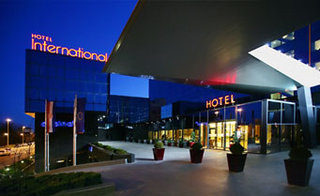Everything started with me trying to enter my home town, Osijek, on stackoverflow careers. I was quite annoyed with auto change of Osijek to Esseg - name that my town had before year 1918 (during Habsburg Monarchy).
I got information that this is taken from geo.places Yahoo table and that this is place to complain. On contact page it was clearly said that all technical questions or bugs should be addressed in support forums (“Please use our developer forums for both issues so that other developers can benefit from the conversations.”). I did just that - I created new post in Yahoo developer forum. I tried to be as specific as possible and I avoided to be too annoying with constant repost.
It has been a month now and error remains. I am little bit disappointed since I haven’t seen any action at all. I would understand if somebody challenged my claim. I would understand if somebody said that independent verification is needed. I cannot understand that there is no answer at all. If you say that forums are your only official support, you better post some replies there.
Since original approach didn’t work, I will probably start to annoy everybody and repost this from time to time. I am quite sure that Jeff Atwood (meta stackoverflow moderator) will bother them too. Hopefully some time next year I will be able to have my city named correctly.


